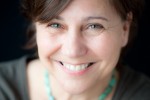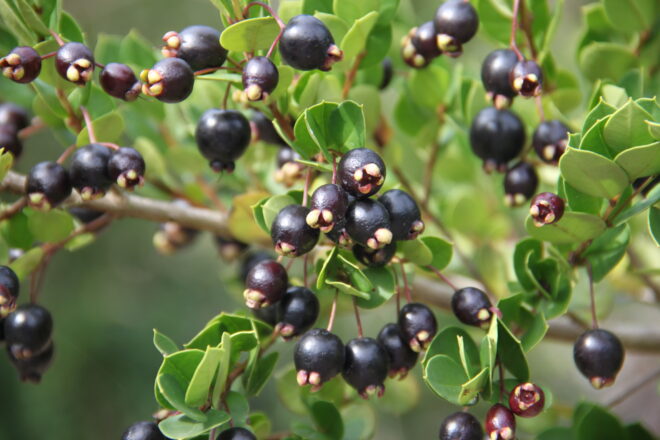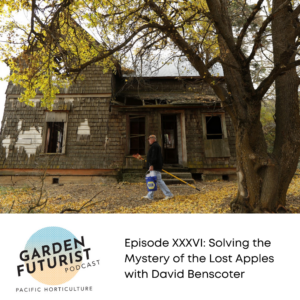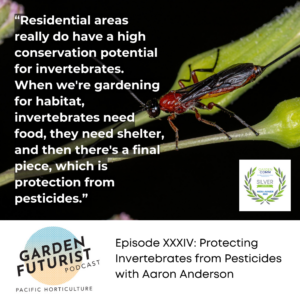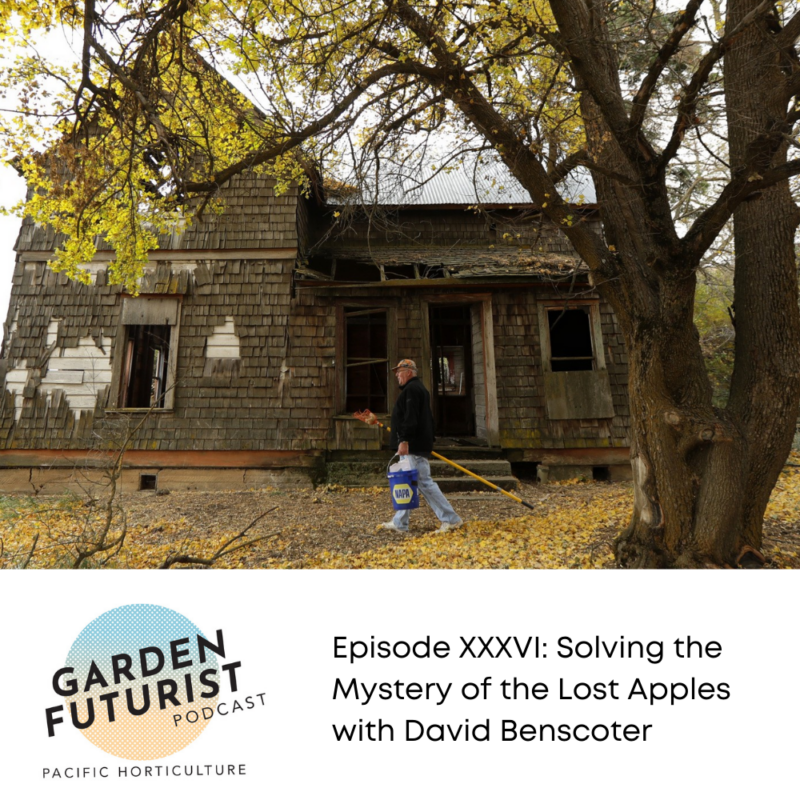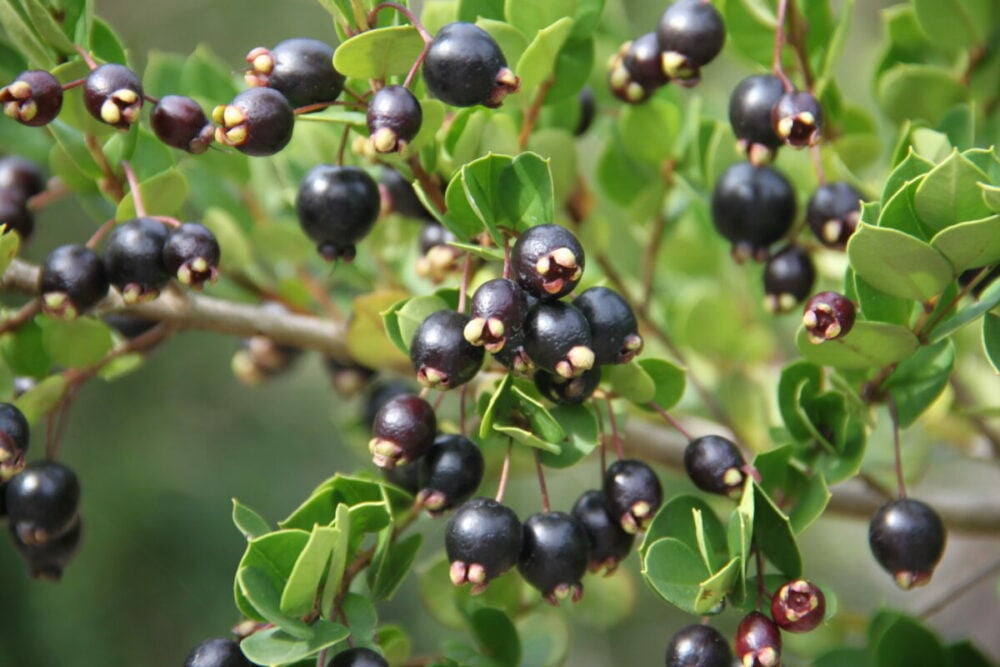

Contributor
- Topics: Archive, Inspired Gardens & Design
[sidebar] Find out more about Daniel’s work and connect at www.mountgardens.com.[/sidebar]
Daniel Mount is a botanist, a writer, a photographer, an artist, a teacher, and above all a gardener. At home in the Pacific Northwest, as a professional gardener, he creates and manages private gardens around Puget Sound, consults on others, and together with his partner, tends a small farm in the Snoqualmie River Valley. Daniel is active in the local horticulture community and is a regular contributor to Pacific Horticulture.
A conversation between editor Lorene Edwards Forkner and garden professional Daniel Mount.
LEF: Daniel, you’re a horticultural polymath—your expertise in a broad range of subjects informs everything you do in a garden. Does this ring true?
DM: I often describe myself as a “collagist”—a blend of my background in fine art and botany. Garden design involves balancing shape and color and, like so many other art forms, typically begins in two dimensions on paper. But actually creating and tending a garden means managing relationships between plants as they develop over time. In fact, I think of myself as more of a “gardener” than a “designer.”
LEF: Where ...
READ THE WHOLE STORY
Join now to access new headline articles, archives back to 1977, and so much more.
Enjoy this article for FREE:
The Native Flora of Chile in The Traveler’s Garden at Heronswood by Dr. Ross Bayton
If you are already a member, please log in using the form below.
Share:
Social Media
Garden Futurist Podcast
Most Popular
Videos
Topics
Related Posts

Low Maintenance Gardens – Better for Pollinators and People
Autumn 2022 “I come out every day. It’s therapy, my meditation.” Janet’s young garden transformed from overgrown, invasive plants to mostly natives. The dailiness of

Invasive Plants Are Still Being Sold: Preventing Noxious Weeds in Your Landscape
Autumn 2022 With so many beautiful ornamental plant species and cultivars throughout California and the Pacific Northwest, how do you decide which ones to include

Garden Design in Steppe with Transforming Landscapes with Garden Futurist Emmanuel Didier
Summer 2022 Listen to full Garden Futurist: Episode XVII podcast here. Emmanuel Didier, Principal and Creative Director at Didier Design Studio is a leading figure

Seslerias: Versatile Groundcover Meadow Grasses
Summer 2022 Without question, the most beautiful and versatile of all the groundcover meadow grasses are the moor grasses (Sesleria). Moor grasses tick off all

